I’m extraordinarily critical of games with deckbuilding as a central mechanic. Part of the reason for this is that I find it to be one of the least immersive mechanisms in gaming. Nothing is more mechanical than probabilistically cycling a deck of cards to get the right combinations to maximize a turn. The other reason is that it often pulls players away from each other, rather than drawing them together. It is cumbersome to have to track what other players are working into their decks and to counter their plays, if that is even possible. Not that big of a deal when you’re racing to get points in a euro style puzzler, but a much bigger deal when you are directly competing against other players.
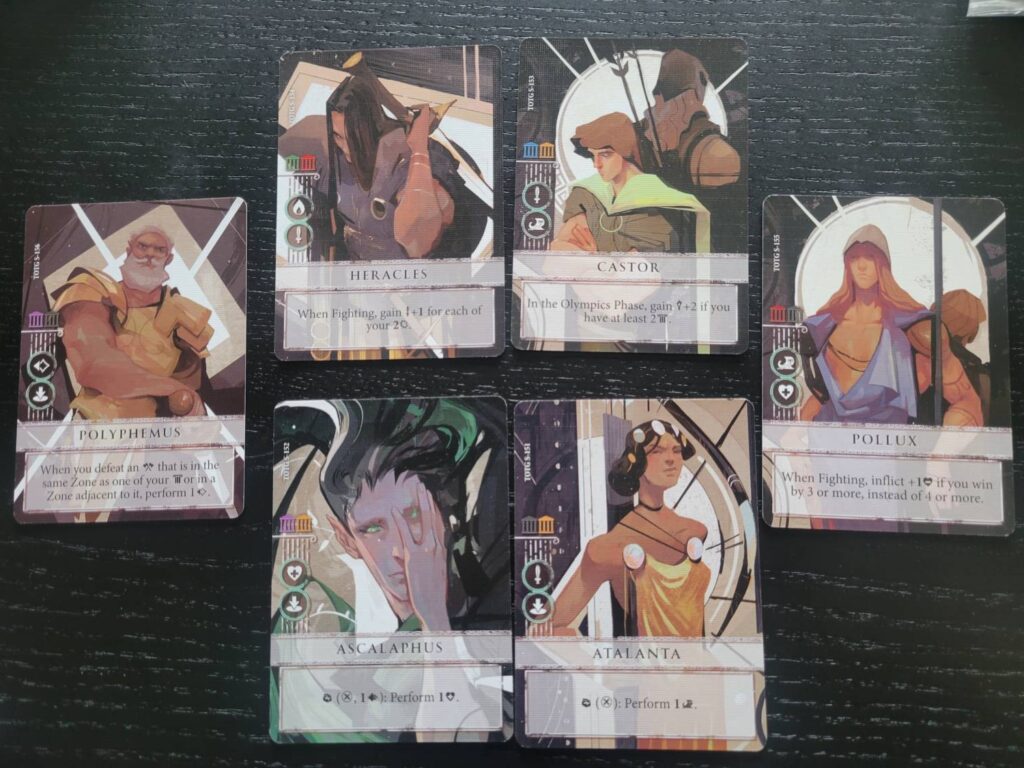
Trial of the Gods is a deckbuilder from Ludus Magnus Studio, the second game that I’ve played from their catalog. The first, D.E.I, also had deckbuilding components, and I found it to be a pretty solid experience. I was excited to try this one because I adore Greek mythology, and I was fully strapped in to enjoy this one. Unfortunately, the game’s central engine doesn’t fully capture the drama of its setting.For a game that explicitly declares itself to be a competitive experience, it’s really hard to find the competition.
Let’s find the Golden Fleece
Trial of the Gods takes place on a map with islands and sea spaces. Players start with a single captain pawn that they move around, landing on islands and fighting monsters and defeating argonauts in single combat.
There is more rules overhead to the experience, so I’ll try to keep it high level. Typically, players are using their deck to facilitate exploration, combat, or movement. Most of the time, you’ll be playing cards to give yourself a numerical value that helps you overcome a particular challenge. For instance, on your turn, you’ll play a card to move your captain somewhere, then you’ll play several cards to explore the location, exceeding an exploration value on the island you land on. If you’re successful, you get to add an exploration token and look at the hidden information token that tells you if there’s a part of the golden fleece there or not.
Combat works similarly. Move to where you want to have a fight, play cards to get a high enough number, roll some dice, compare your number to the monster’s number and see if you win.
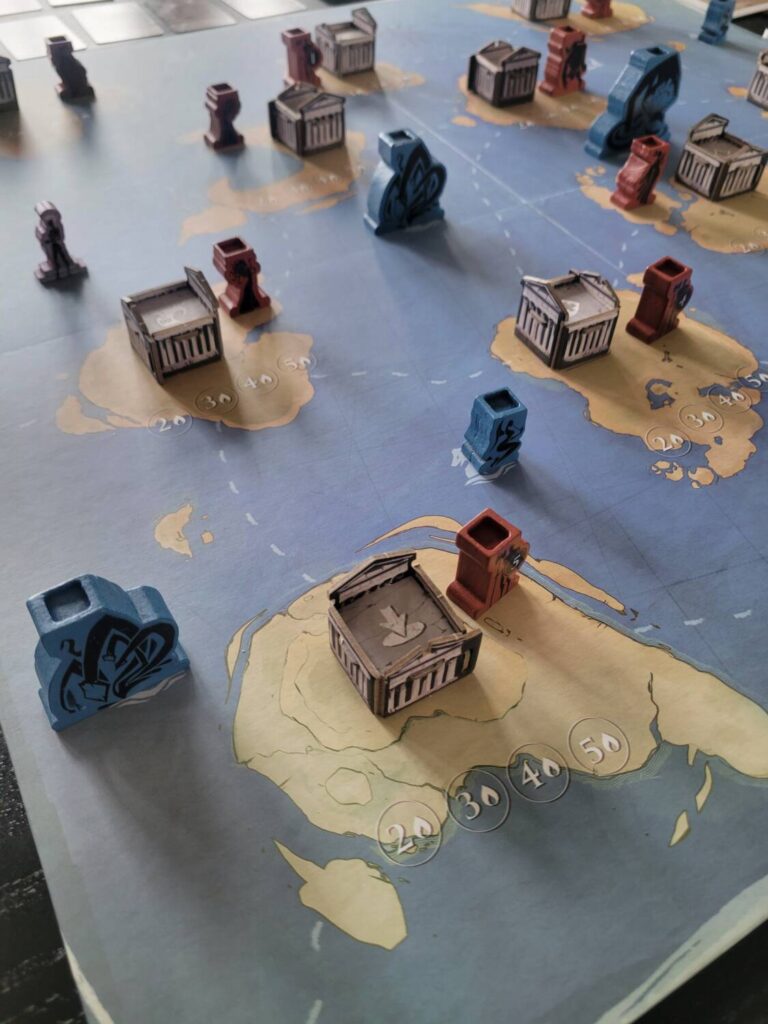
The cards are jampacked with information. All cards have numerical values you can use for various actions, and many have abilities you can use as an action. These abilities are unique. Some cards can be played in response to things other players are doing, usually getting you stuff, others are used for the olympics (more on that in a second), and still others are specifically for combat.
This is all in service of vying for four different victory conditions at the end of the game. Players are ranked based on how much they’ve explored (with more points for finding islands with the golden fleece), how many laurels they have on cards in their personal deck, how many laurels they’ve gotten from monsters they’ve beaten up, and their final standing after four (five in the advanced game) olympic games.
A notable thing about the game is that scoring is ranked. It doesn’t matter how well you do in one of the scoring categories, it just matters that you exceed the other players’ scores. There’s also set victory points regardless of how well you do.
This scoring is unique, but also part of why the game doesn’t quite work.
Invisible War
To understand why I’m saying that, let me explain the bane of every deckbuilding design: THE CARD MARKET. In Trial of the Gods, before the main portion of the game, you have a phase called the dawn phase, where everyone gets to purchase cards to add to their deck, as well as adding little player abilities called “fate cards.” There are six card holders in six different colors and 6 different gods, each with their own deck. Each god’s deck is shuffled and placed on a randomly determined card holder. When players buy cards to add to their deck they do so based on deck holder colors that they have determined by their starting hero and upgrades that they gain throughout the game.
At the beginning of the game, a player might have purple and red as their starting colors, meaning that they can draw one card from the purple card holder (which has a random god’s deck in it) and one card from the red holder. This forms a personal market for the player, from which they can buy cards, discarding the rest. A player will be unable to buy more than four cards a round
And this is where the problems begin. Each card contains an enormous amount of information, and while the god serves as a suit of sorts, organizing abilities around a theme, it is very difficult to have an idea of what you’re going to get and what your opponents are going to get. Each card has up to six different number stats, a special ability, and a method of being played.
What this results in is tons of information for each player to have to parse. For instance, there are argonauts that function like monsters that bolster your action capabilities once you’ve added them to your player tableau, and there’s a whole suite of special abilities to unlock. It’s a lot. In play, it can move very slowly, and the interction usually boils down to “have more symbols than the other players” or “get to a space before someone else.” This can be fun and exciting, but the volume of player abilities and interactions make it difficult to have any idea what someone else is going to be able to do at any given moment. Add in some baffling component issues and you’re in a tight spot.
Component Crises
Maybe I’m getting old, but everything in the game was hard to read, and the card holders did not seem well printed or designed to hold together well. Two of mine immediately ripped when being folded, so I opted to edge paint them and manually cut them out so I could tell which holder was which. There’s a boatload of icons to parse, and the monster card holders and olympic board are printed on warped thin folded cardstock that I just didn’t use, opting to place cards on the table instead (the aid they provide is minimal).
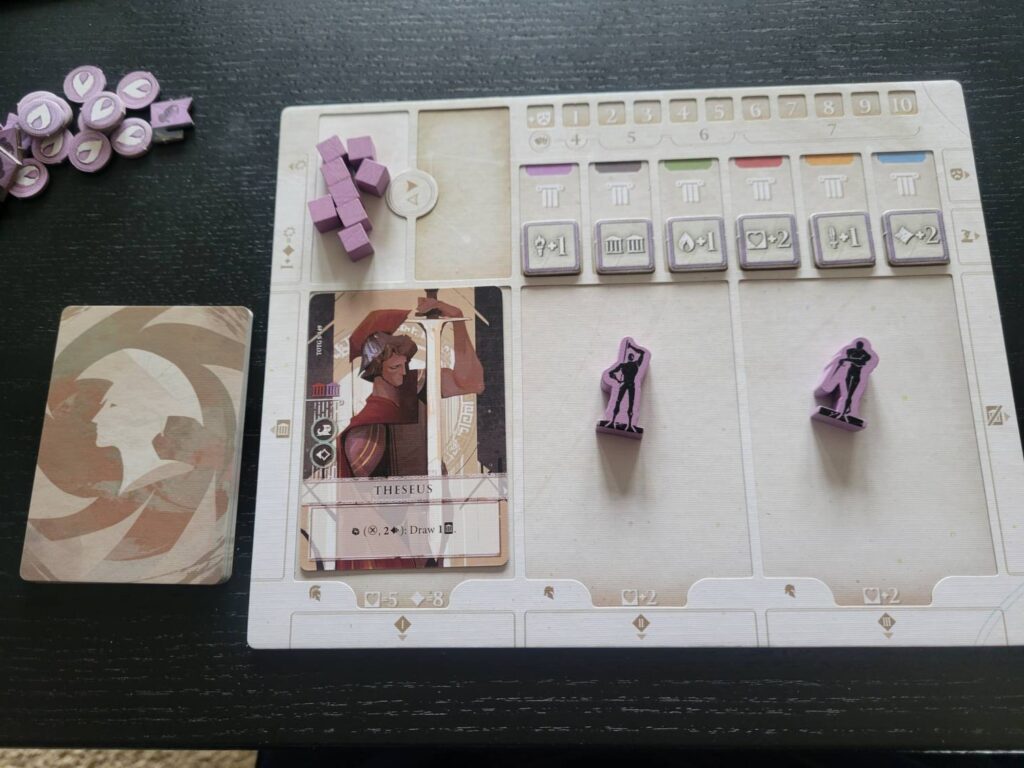
It’s a shame, because this game has some fantastic art, some of the best I’ve come across in recent memory. Heavily stylized in the fashion of the character art from the Dragon Age video games, it’s sumptuous and easy on the eyes.
There’s a lot going for Trial of the Gods, but none of it comes together in a package that is particularly enjoyable to play or recommend. If you’re looking to argonaut, you might want to look elsewhere.


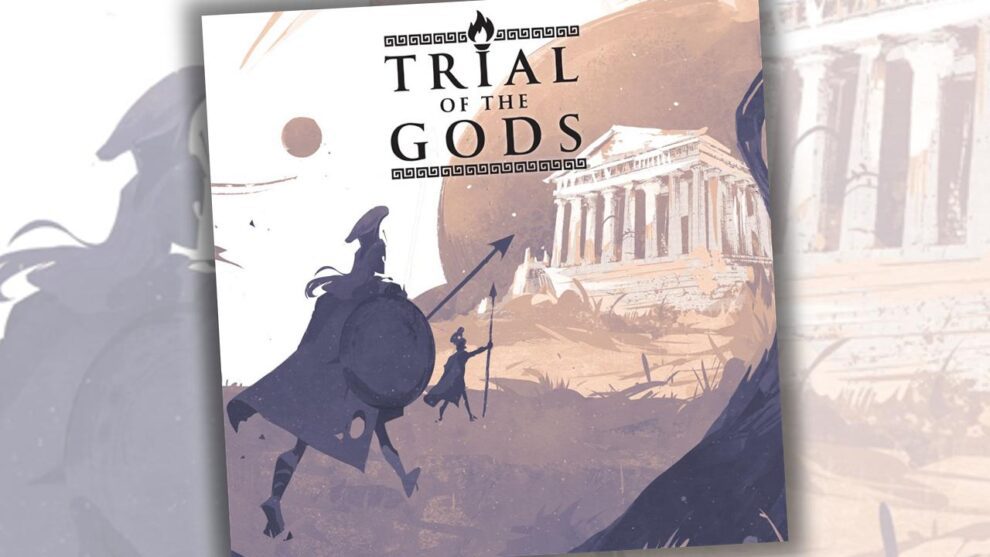

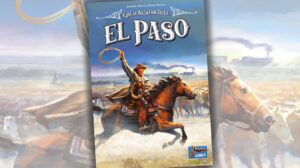
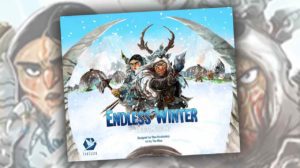
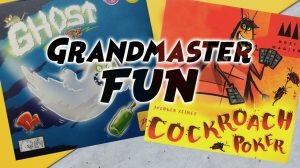


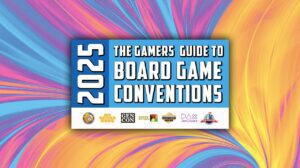

Add Comment